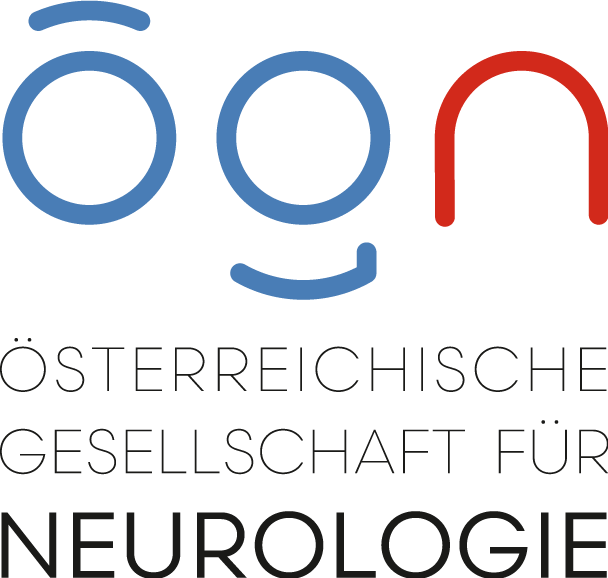BACKGROUND: Guillain-Barré syndrome (GBS) is an autoimmune disease that results in demyelination and axonal damage. Five percent of patients die and 20% remain significantly disabled on recovery. Recovery is slow in most cases and eventual disability is difficult to predict, especially early in the disease. Blood or cerebrospinal fluid (CSF) biomarkers that could help identify patients at risk of poor outcome are required. We measured serum neurofilament light chain (sNfL) concentrations from blood taken upon admission and investigated a correlation between sNfL and clinical outcome.
METHODS: Baseline sNfL levels in 27 GBS patients were compared with a control group of 22 patients with diagnoses not suggestive of any axonal damage. Clinical outcome parameters for GBS patients included (i) the Hughes Functional Score (HFS) at admission, nadir, and discharge; (ii) the number of days hospitalised; and (iii) whether intensive care was necessary.
RESULTS: The median sNfL concentration in our GBS sample on admission was 85.5 pg/ml versus 9.1 pg/ml in controls. A twofold increase in sNfL concentration at baseline was associated with an HFS increase of 0.6 at nadir and reduced the likelihood of discharge with favourable outcome by a factor of almost three. Higher sNfL levels upon admission correlated well with hospitalisation time (rs = 0.69, p < 0.0001), during which transfer to intensive care occurred more frequently at an odds ratio of 2.4. Patients with baseline sNfL levels below 85.5 pg/ml had a 93% chance of being discharged with an unimpaired walking ability.
CONCLUSIONS: sNfL levels measured at hospital admission correlated with clinical outcome in GBS patients. These results represent amounts of acute axonal damage and reflect mechanisms resulting in disability in GBS. Thus, sNfL may serve as a convenient blood-borne biomarker to personalise patient care by identifying those at higher risk of poor outcome.



